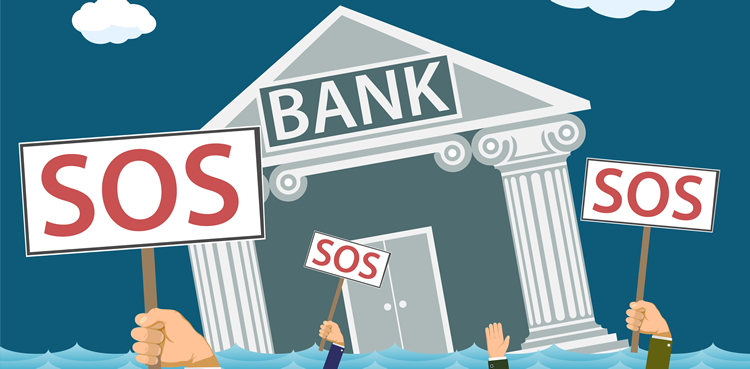Fitch Ratings is warning that the U.S. banking industry is approaching a potential storm: the substantial risk of widespread credit rating downgrades, potentially impacting major institutions like JPMorgan Chase.
Unnoticed Adjustments and Impending Risks
In June, the rating agency lowered its overall assessment of the banking sector’s health, a move that, according to Fitch analyst Chris Wolfe, went largely unnoticed as it didn’t result in any immediate downgrades for individual banks. However, a further one-notch downgrade of the industry’s score to A+ from AA- would compel Fitch to reevaluate its ratings for over 70 U.S. banks.
Exclusive Insights: Wolfe’s Warning
In a recent exclusive interview with CNBC at Fitch’s New York offices, Wolfe stated, “Should we make the move to A+, this would necessitate a full recalibration of our financial metrics, which is likely to lead to negative rating actions.”
Credit Ratings and Market Waves
Recent moves by credit rating agencies have stirred significant market activity. For instance, Moody’s recently lowered the ratings of 10 small to medium-sized banks and flagged potential cuts for 17 additional lenders, including larger entities like Truist and U.S. Bank.
The Domino Effect of a Downgrade
A key issue is that a downgrade to A+ would position the industry’s score below that of top-rated lenders. In such a scenario, major banks, such as JPMorgan and Bank of America, would likely see their ratings drop, forcing Fitch to consider downgrades for other banks, potentially pushing some closer to non-investment-grade status.
The Precarious Position of Smaller Banks
For example, Miami Lakes, Florida-based BankUnited, currently at BBB and with a negative outlook, is teetering at the edge of what is considered investment grade. Any further dip would place it dangerously close to a non-investment-grade rating.
The Federal Reserve and Interest Rates
According to Wolfe, the pivotal factor that might compel Fitch to downgrade the industry is the trajectory of interest rates as determined by the Federal Reserve. If the Fed decides to increase rates, it could place significant strain on the banking industry’s profitability.
Loan Defaults: A Rising Concern
A corresponding issue is whether loan defaults within the industry will escalate beyond what Fitch considers a historically normal level of loss, especially as higher rates typically correspond with increased defaults.
The Unknown Aftermath of Widespread Downgrades
The consequences of such widespread downgrades remain uncertain. Analysts, referencing recent Moody’s cuts, suggest that downgraded banks might need to offer higher returns on their bonds, further squeezing profit margins, and in extreme cases, some banks might find themselves effectively barred from debt markets.
Conclusions: A Fork in the Road
In summary, while a downgrade is not inevitable—as Wolfe stated, “We could remain at AA- for a decade”—should a downgrade occur, the ramifications are likely to be significant and far-reaching.





